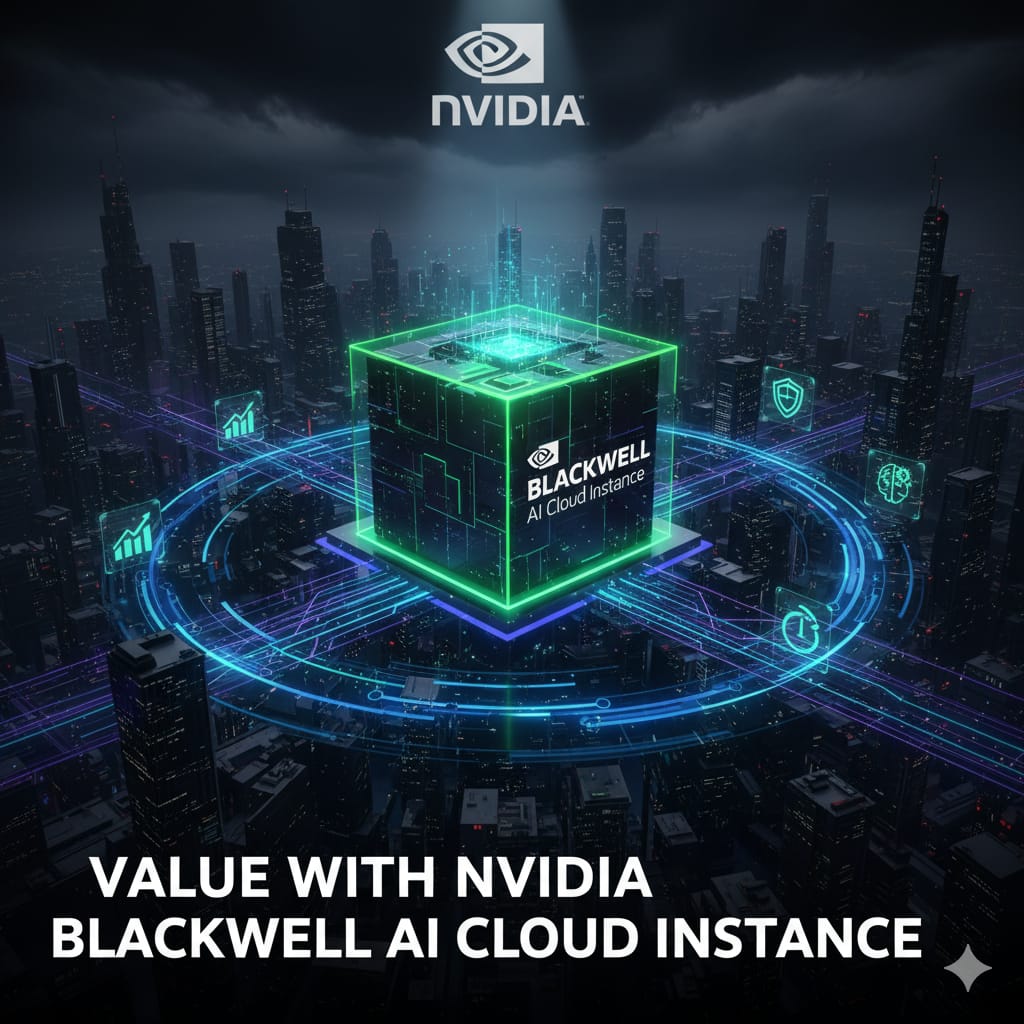Introduction to NVIDIA's Blackwell Rubin GPU Platform
In anticipation of its 2026 launch, NVIDIA's Blackwell Rubin GPU platform is set to redefine the landscape of generative AI and automation technologies. Designed to vastly improve compute power and input/output (I/O) capabilities, this next-generation GPU aims to unlock unprecedented performance for AI applications that are integral to modern business operations[1][2].
Key Features and Technological Advancements
The Blackwell Rubin platform introduces several enhancements that cater specifically to the demands of generative AI workloads:
- Faster Compute Performance: Leveraging architectural improvements, the GPU is expected to deliver significantly higher teraflops of AI processing power, facilitating more complex model training and inference.
- Improved I/O Capabilities: Enhanced data transfer rates reduce bottlenecks, allowing AI systems to process large datasets more efficiently.
- Energy Efficiency: Upgrades in manufacturing and design contribute to improved performance-per-watt metrics, enabling scalable deployments.
These advancements collectively address the bottlenecks prevalent in current AI infrastructures, making Blackwell Rubin a critical enabler for advanced AI-driven automation solutions.
Business Applications and Real-World Examples
The deployment of the Blackwell Rubin GPU will substantially impact various industries through improved AI capabilities:
1. Accelerated AI Model Training
Companies involved in natural language processing (NLP), computer vision, and recommendation systems can leverage the Blackwell Rubin platform to reduce training times. For example, a leading e-commerce platform could retrain its personalization algorithms faster, resulting in more responsive and accurate product recommendations.
2. Enhanced Real-Time Automation
Manufacturing firms utilizing AI-powered automation for quality control and predictive maintenance can benefit from the GPU’s high throughput. This allows for real-time analysis of sensor data streams, minimizing downtime and optimizing production workflows.
3. Scalable Cloud AI Services
Cloud service providers may integrate Blackwell Rubin to offer clients accelerated AI as a service, supporting applications such as automated customer support chatbots and fraud detection systems with greater efficiency.
Implementation Steps for Businesses
To effectively harness the potential of the Blackwell Rubin GPU for AI-driven automation, businesses should consider the following steps:
- Assessment of AI Workloads: Evaluate existing AI tasks to identify performance bottlenecks and compatibility with the new GPU architecture.
- Infrastructure Upgrade Planning: Develop a roadmap for integrating Blackwell Rubin GPUs into on-premises or cloud environments, considering power, cooling, and connectivity needs.
- Staff Training and Skill Development: Invest in training data scientists and engineers on updated frameworks that leverage the platform’s capabilities.
- Pilot Projects: Initiate limited-scale deployments to validate performance benefits and ROI before full rollout.
- Continuous Monitoring and Optimization: Establish metrics to monitor AI system performance and automate scaling based on workload changes.
Risks and Challenges
While the Blackwell Rubin platform promises transformative benefits, businesses should remain cognizant of associated risks and challenges:
- Capital Expenditure: Significant upfront costs for hardware acquisition and infrastructure upgrades may impact budgets.
- Integration Complexity: Compatibility issues with existing systems and software stacks can delay deployments.
- Security Concerns: Enhanced AI capabilities may raise concerns about data privacy and require rigorous compliance checks.
- Skill Gaps: Organizations may struggle with a shortage of AI and GPU programming expertise needed to maximize the new platform's potential.
Proactive risk management, including vendor partnerships and staff training, can mitigate these challenges effectively.
Conclusion
NVIDIA's Blackwell Rubin GPU platform is poised to be a cornerstone technology enabling the next wave of AI-driven automation in business. Its advancements in compute and I/O performance not only expedite AI workloads but also drive substantial business value by enabling faster innovation cycles and more efficient operational processes. Strategic adoption of this technology will empower organizations to maintain competitive advantage in an increasingly AI-centric market.




